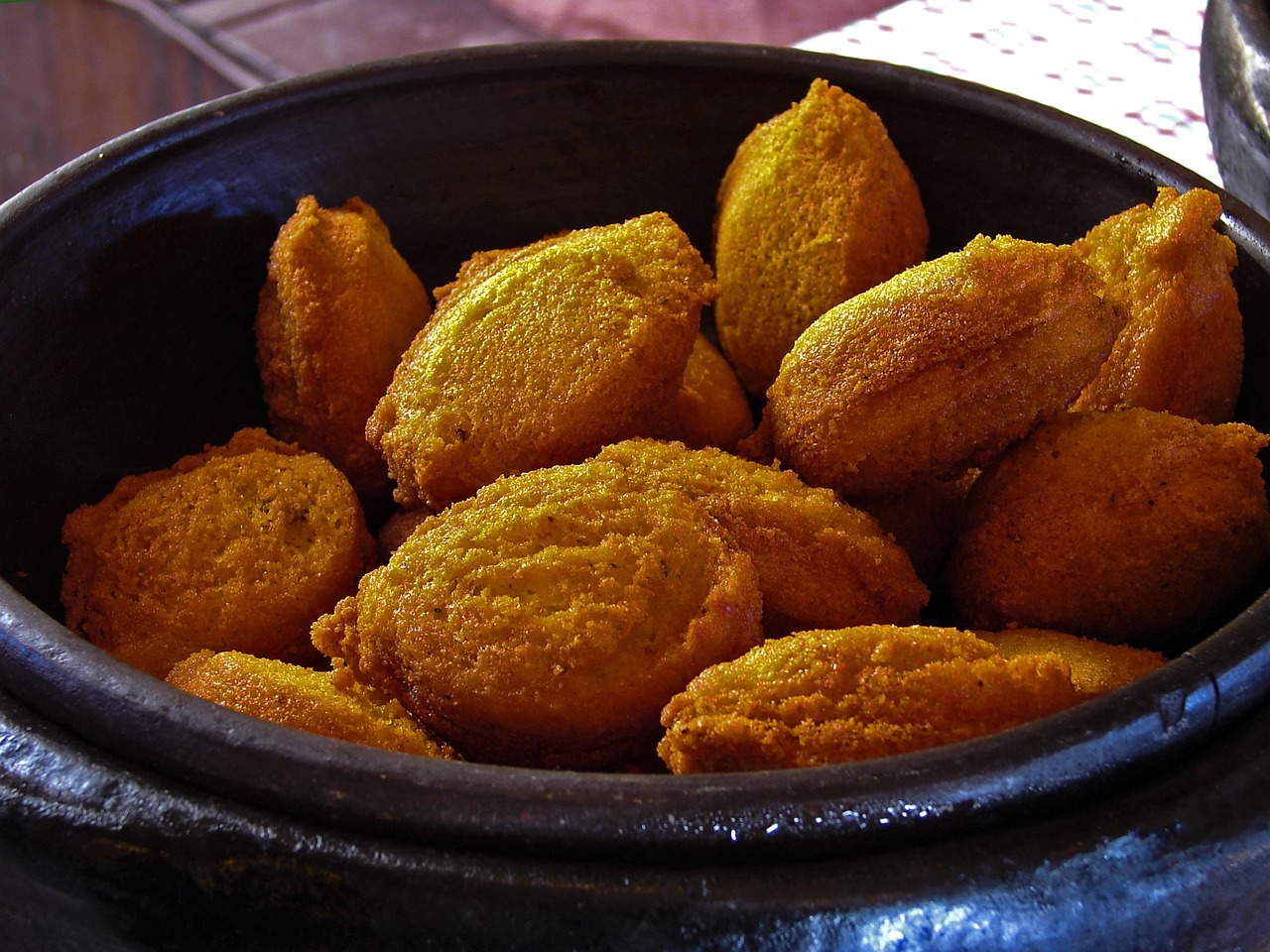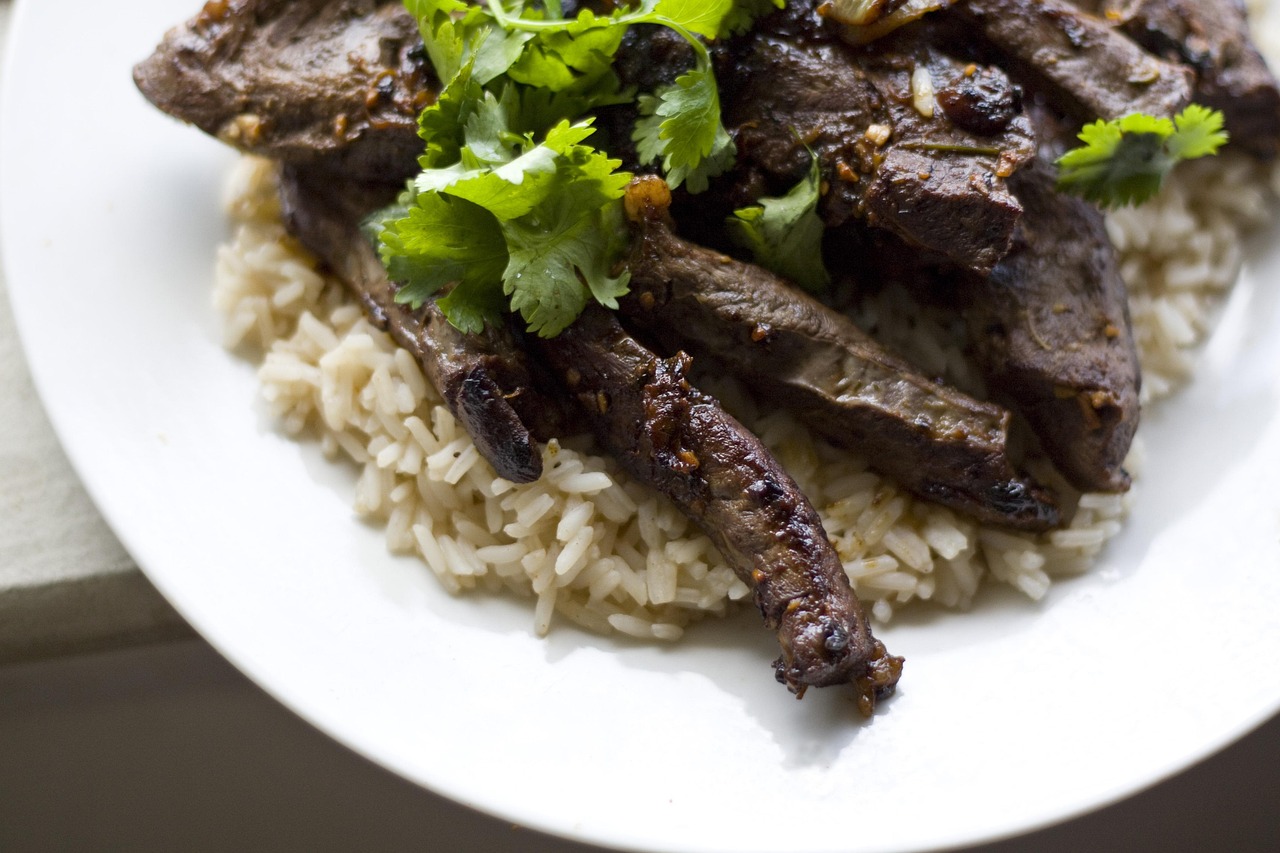Exploring the Rich Tapestry of Chinese Cuisine:A Glimpse into the Culinary Heritage of China
Chinese cuisine, with its diverse flavors and rich history, is a culinary adventure that spans thousands of years. From the spicy kick of Sichuan to the delicate sweetness of Cantonese dim sum, Chinese food is a symphony of tastes that has captivated the world. This article delves into the essence of Chinese gastronomy, exploring its regional variations, key ingredients, and the cultural significance that makes it an integral part of China's identity.
China, a vast and diverse country, is home to a culinary tradition that is as complex and varied as its geography. The Chinese culinary landscape is divided into eight major regional cuisines, each with its own unique characteristics and flavors. These are Anhui, Fujian, Guangdong (Cantonese), Hunan, Jiangsu, Shandong, Sichuan, and Zhejiang cuisines. Each region has developed its own distinct cooking style, influenced by factors such as climate, local produce, and historical events.
Anhui cuisine, for instance, is known for its emphasis on the natural flavors of ingredients, often using simple yet flavorful sauces to enhance the dishes. Fujian cuisine, on the other hand, is characterized by its use of seafood and its light, fresh flavors, which are achieved through techniques such as steaming and quick-frying. Guangdong, or Cantonese cuisine, is perhaps the most internationally recognized, famous for its dim sum and the art of roasting meats. Hunan cuisine is known for its bold and spicy flavors, with a liberal use of chili peppers and garlic. Jiangsu cuisine is elegant and sophisticated, with a focus on the quality of ingredients and the presentation of dishes. Shandong cuisine is hearty and robust, often featuring seafood and using a variety of cooking methods. Sichuan cuisine is famous for its use of numbing Sichuan peppercorns and its wide range of spicy flavors. Lastly, Zhejiang cuisine is known for its fresh, tender, and soft textures, with a preference for seafood and freshwater fish.

Key ingredients in Chinese cuisine are as diverse as the dishes themselves. Rice is a staple in many regions, while wheat-based noodles and dumplings are also common. Soy products, such as soy sauce, tofu, and fermented bean paste, are integral to the flavor profiles of many dishes. Fresh vegetables, including bok choy, Chinese cabbage, and various types of mushrooms, are used extensively. Meats like pork, beef, and chicken are popular, as are a variety of seafood options. Spices and seasonings, including ginger, garlic, star anise, cinnamon, and five-spice powder, add depth and complexity to the dishes.
The preparation techniques in Chinese cuisine are as much an art as the ingredients themselves. Stir-frying is a common method, which involves cooking ingredients quickly over high heat to preserve their texture and flavor. Steaming is another important technique, used to cook dumplings, fish, and other dishes while retaining their natural juices. Braising and slow cooking are used to tenderize tougher cuts of meat and to develop complex flavors. Roasting and grilling are also prevalent, particularly for meats and poultry.
Chinese cuisine is not just about the food; it is deeply intertwined with the culture and traditions of China. The concept of "yin and yang" is reflected in the balance of flavors and textures in a meal. The use of chopsticks is not only a practical tool but also a symbol of cultural identity. The communal style of eating, where dishes are shared among diners, promotes a sense of togetherness and harmony. Banquets and feasts are important social occasions, where food is used to celebrate and strengthen relationships.
One of the most significant aspects of Chinese cuisine is its emphasis on the medicinal properties of food. Traditional Chinese medicine (TCM) has a strong influence on the way food is prepared and consumed. Ingredients are chosen not only for their taste but also for their health benefits. For example, ginger is believed to have warming properties, while certain mushrooms are thought to boost the immune system.
Chinese cuisine has also been a significant contributor to global gastronomy. The popularity of dishes like Kung Pao Chicken, Sweet and Sour Pork, and General Tso's Chicken has introduced many people around the world to the flavors of China. However, these dishes often represent a fusion of Chinese and Western tastes and may differ significantly from their authentic counterparts.
In conclusion, Chinese cuisine is a rich tapestry of flavors, techniques, and cultural significance. It is a living tradition that continues to evolve and adapt, reflecting the dynamism and diversity of Chinese society. As more people around the world discover the delights of Chinese food, its influence on global cuisine continues to grow, making it an important part of our shared culinary heritage.











